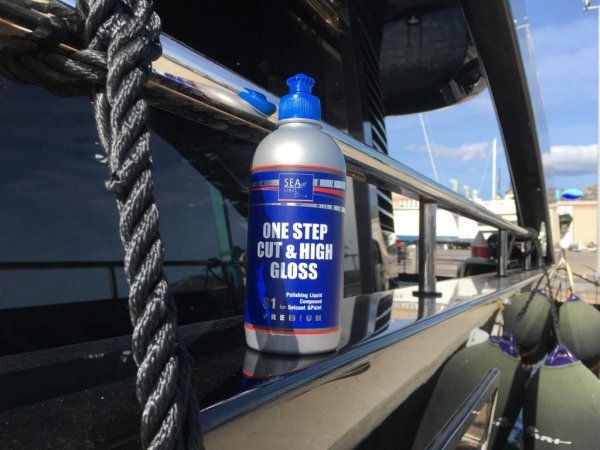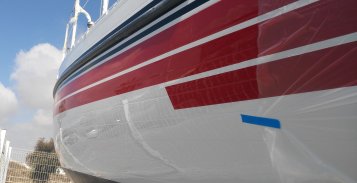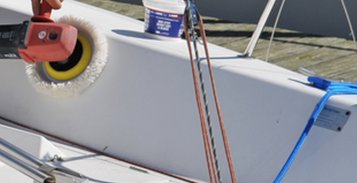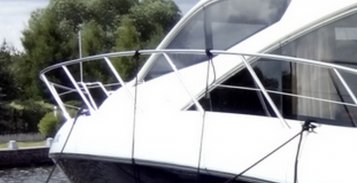
USE:
SURFACE:
EFECT:

LIGHT COLOR GELCOAT – POLISHING INSTRUCTION USE: Renewing the gelcoat surface of light color with mechanical damage and scratches that […]

PAINT AND VARNISH – POLISHING INSTRUCTION USE: Renewing any paint or varnish color which has small mechanical damages Yellowing and […]

RENEWING THE SURFACE WITHOUT GRINDING – POLISHING INSTRUCTION USE: Renewal of any color with small mechanical damages and small scratches […]

PLEXI AND POLYCARBONATES – POLISHING INSTRUCTION USE: Removal of mechanical damage, scratches and dull from the surface of hatches, windows and […]
Yes, you can mix Sea-Line polyurethane paints. The only difference are the pigments of polyurethane paints that determine the color of the paint. But remember to keep the right proportions of base, hardener and thinner.
Sea-Line HARD and Sea-Line self-polishing antifouling are not intended for aluminum surfaces. They include copper oxide, which in contact with aluminum causes galvanic corrosion. Especially on aluminum, we offer ALU-PLUS self-polishing anti-fouling paint, which, in addition to excellent adhesion to aluminum, is also 30% more effective than traditional anti-fouling paints.

Refilling and to tackle inequalities caused by damage to or during the course of production

Protects boat surfaces from the effects of destructive activities osmosis and corrosion

Provide an aesthetic and a perfect look of the boat also protective against water and UV radiation

Protect the hull from fouling with algae and shells

Effectively remove scratches, refresh the color of gelcoat or paint, fast shine effect

Special preparations for effective cleaning and refinishing

Laminating, gluing and filling in cracks in gelcoat

Range of products useful in the boat builder work